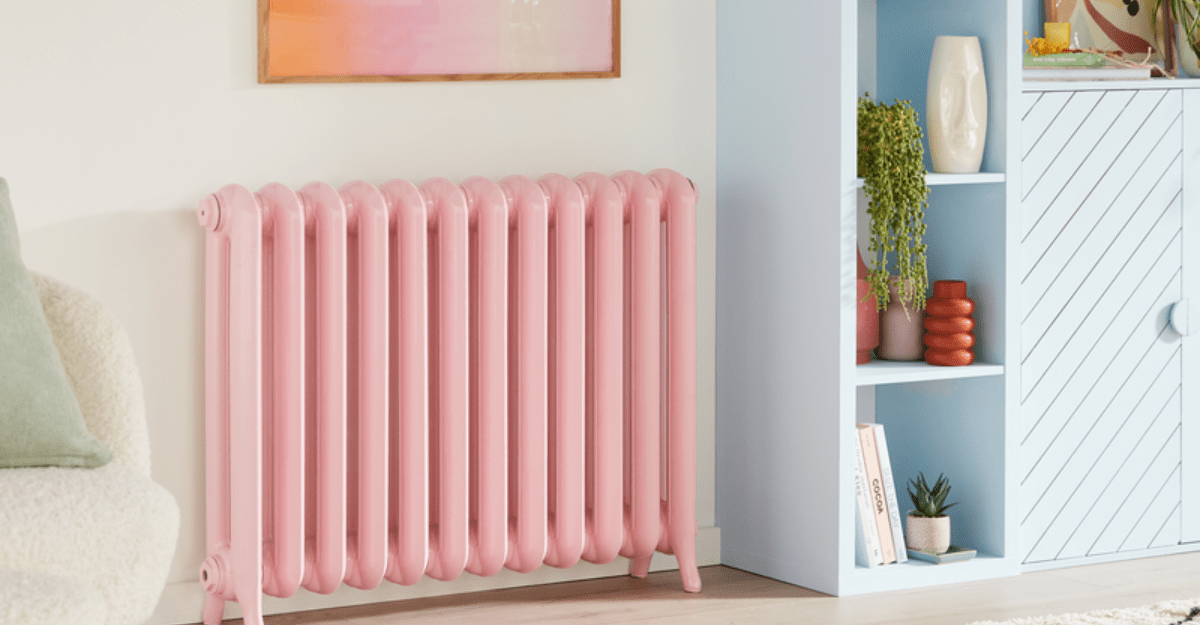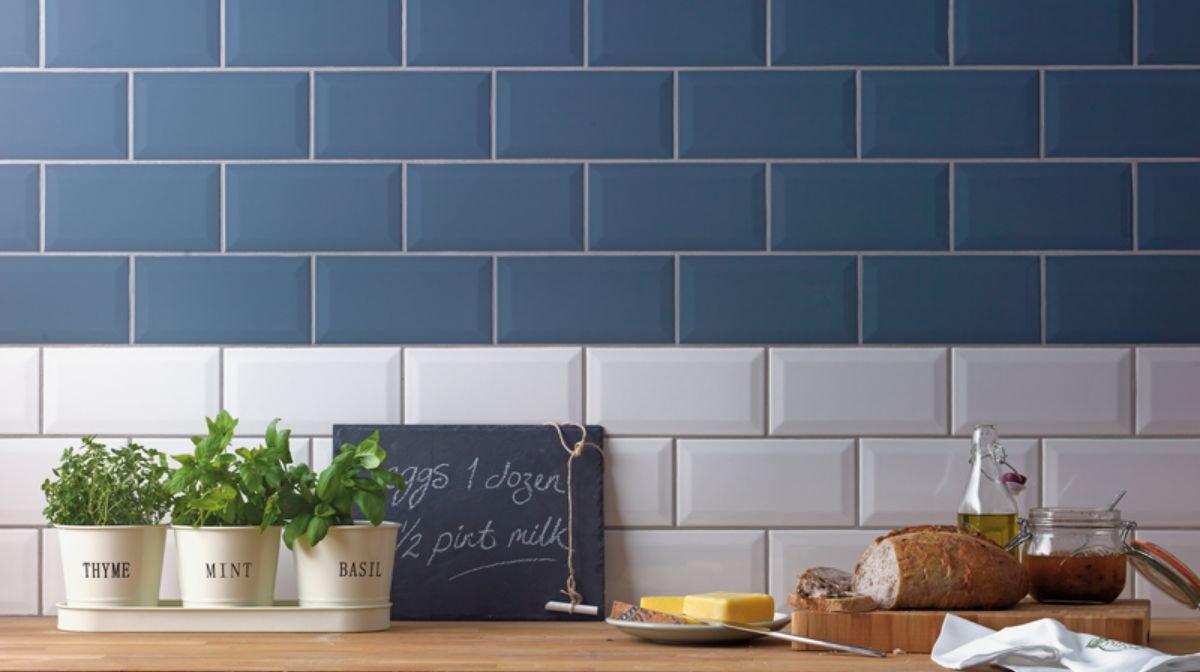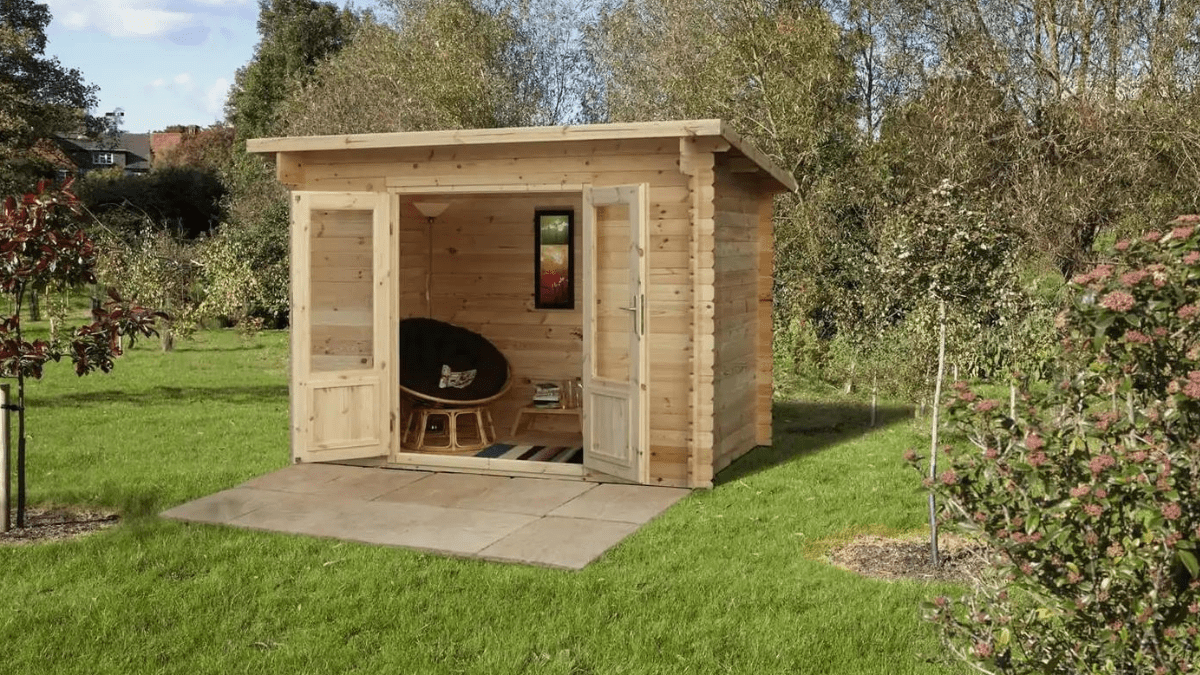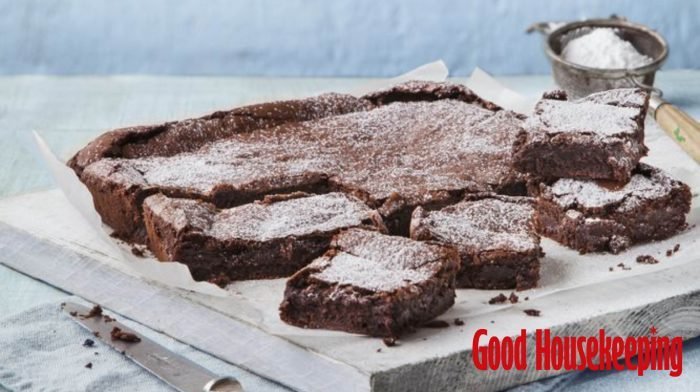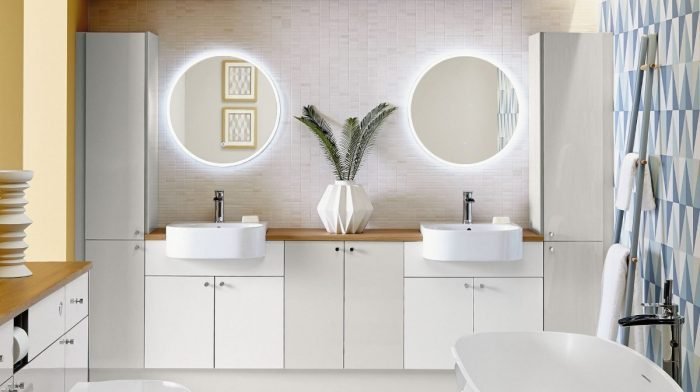When the weather’s getting chilly outside, our first instinct is often to turn the thermostat up. But, how do you know whether the heating you have is right for you? Whether you want to pick the most efficient heating, a fast-acting option, the best heater for a small room, or simply the cheapest heater to run, we’re here to walk you through your options in our handy home heating guide.
Top Tip: If you’re looking for the most economical electric heating, visit our energy efficiency hub for more energy-saving advice.
Radiators
The most important part of any central heating system, radiators have been the best way to warm up our homes for as long as anyone can remember.
How do radiators work?
Although some types run on oil or steam heat sources, most radiator systems use hot water. Your gas boiler heats water up, which then travels around your central heating system. Radiators are made from conducting materials, meaning that they retain heat from the hot water and circulate it around your home.
Types of radiator
Horizontal radiators
The traditional option, horizontal radiators are designed to be wide and shorten – fitting neatly under shelves and windowsills to make the most of your space. Simple and sleek, they pump out plenty of heat to warm the whole room – especially if you invest in a double panel model. With traditional cast iron and more contemporary paneled options to choose from, it’s easy to find a style that suits your home interior.

